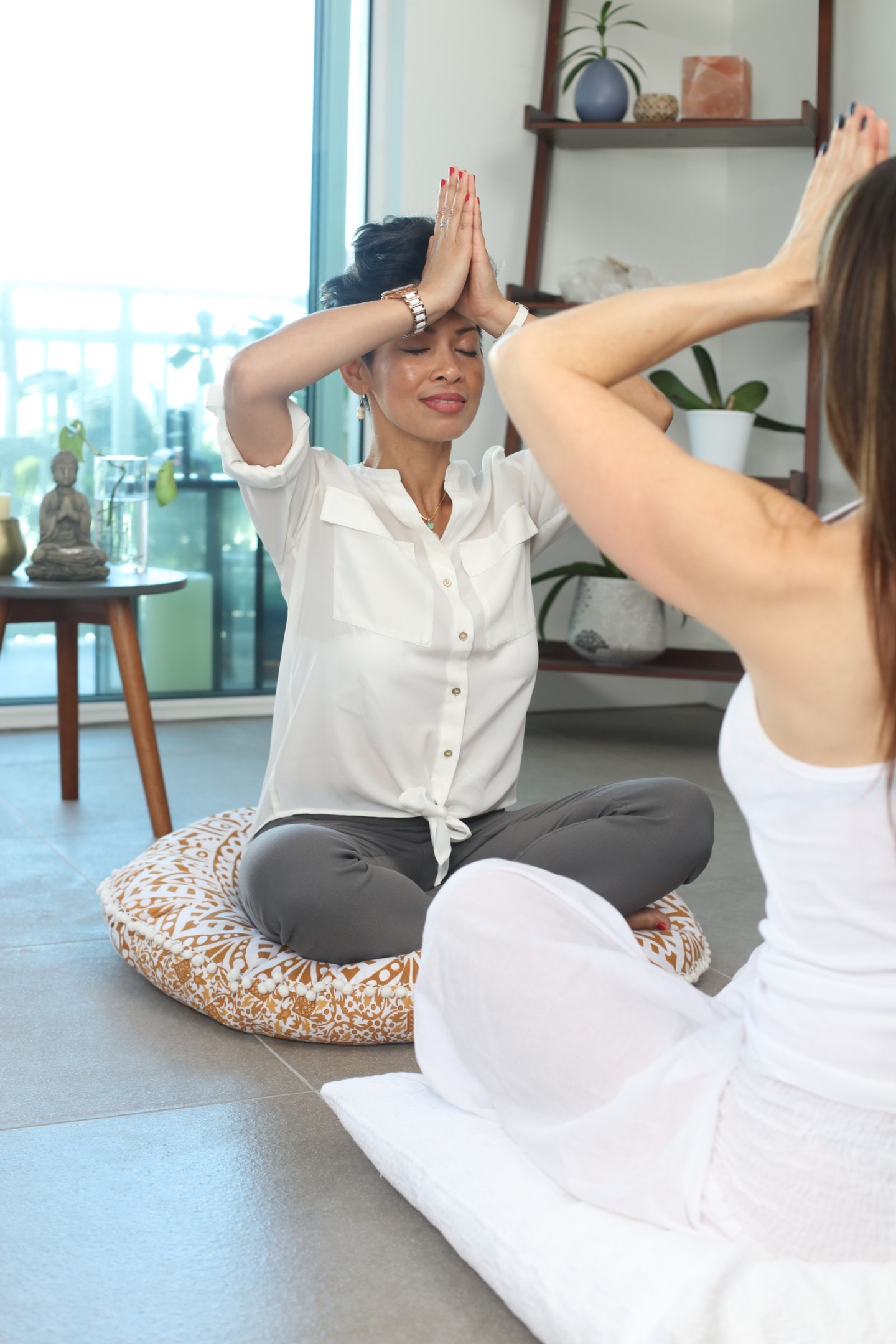
Mindfulness at Home
2019/05/22
At a time when we’re constantly connected and on the move, stress and is constant and distractions are everywhere. To combat all the noise, the practice of mindfulness has been getting a lot of traction recently.
Mindfulness is the practice of detaching yourself from the mayhem of the outside world. It is the practice of controlling your crazy and runaway thoughts and bringing yourself back to the calming center within you. Studies find that practicing mindfulness reduces stress and anxiety, improves sleep quality, improves attention, and many more.
A few schools around the world have implemented practicing mindfulness in the classroom due to its many benefits to the students. For the benefit of you and your child, perhaps creating a space for mindfulness at home is something you’d like to do.

Practicing Mindfulness
If you’re unsure how to go about a mindfulness practice, getting started is simple! Find a spot and sit comfortably. Once you’re settled down, notice what your arms and legs are doing. Make sure they’re relaxed. If your legs are crossed, let your arms rest over your legs. If you’re sitting on a chair, rest the bottom of your feet on the floor and rest your arms on your lap.
Next, you need to straighten your upper body in order to breathe easier. There’s no need to sit stiffly, you just need to follow your spine’s natural curvature. And then you’re going to drop your chin a little and let your gaze fall gently downward. It’s not necessary to close your eyes. You can let your eyes be without having to focus on anything.
The next important step is for you to feel your breath. Bring your attention to every inhale and exhale you take. Feel the air move through your nose or mouth, and the rising and falling of your chest or belly. If your mind wanders away from your breath, don’t worry. Simply shift your attention back to your breath and carry on. If you find your mind constantly wandering, that’s totally normal and it’s totally okay. Just let your mind sift through your thoughts and when you can, come back to your breath.
When you’re ready, gently lift your gaze. This is a wonderful moment to notice any sounds in the environment, notice how your body feels, and how your thoughts and emotions are.

A Space for Mindfulness
To create your space for meditation at home, you don’t need to go all out and create a dent in your wallet. Here are a few tips to help you get started without having to burn money.
1. Find a Space
The first thing you need to do is find a space in your home and declare it as your space for meditation. Interior designer and architect Sarah Suskana advises that, "[b]y creating a place in your home, you're building the practice into your everyday life." This, however, does not mean you need to go out of your way to build a whole new room. Instead, a corner of a room, an alcove, or even a hallway can work. The important thing is that you carve out a space for you that will act as your sanctuary, no matter what the size.
2. Make it Private
Your space for meditation needs to be quiet and secure for you. If your space is out in the open, you can add a folding screen. If your space has a door, close it and make sure people know you are not to be disturbed. More importantly, make sure to turn off your phone.
3. Keep Things Comfortable
When meditating, you want to make sure you’re comfortable. How do you do that? Surround yourself with things that bring you comfort. Do you like having greenery around you? Would you prefer fluffy pillows? Or perhaps you’re the type to keep things minimal, either way, this is your space, design it as you please as long as your things are uncluttered and it helps you further your meditation practice.
That’s about it for creating your space for meditation. You don’t need to go all out, you just need to dedicate yourself to the practice and the rest will follow.
もっと詳しく知りたい方はこちら